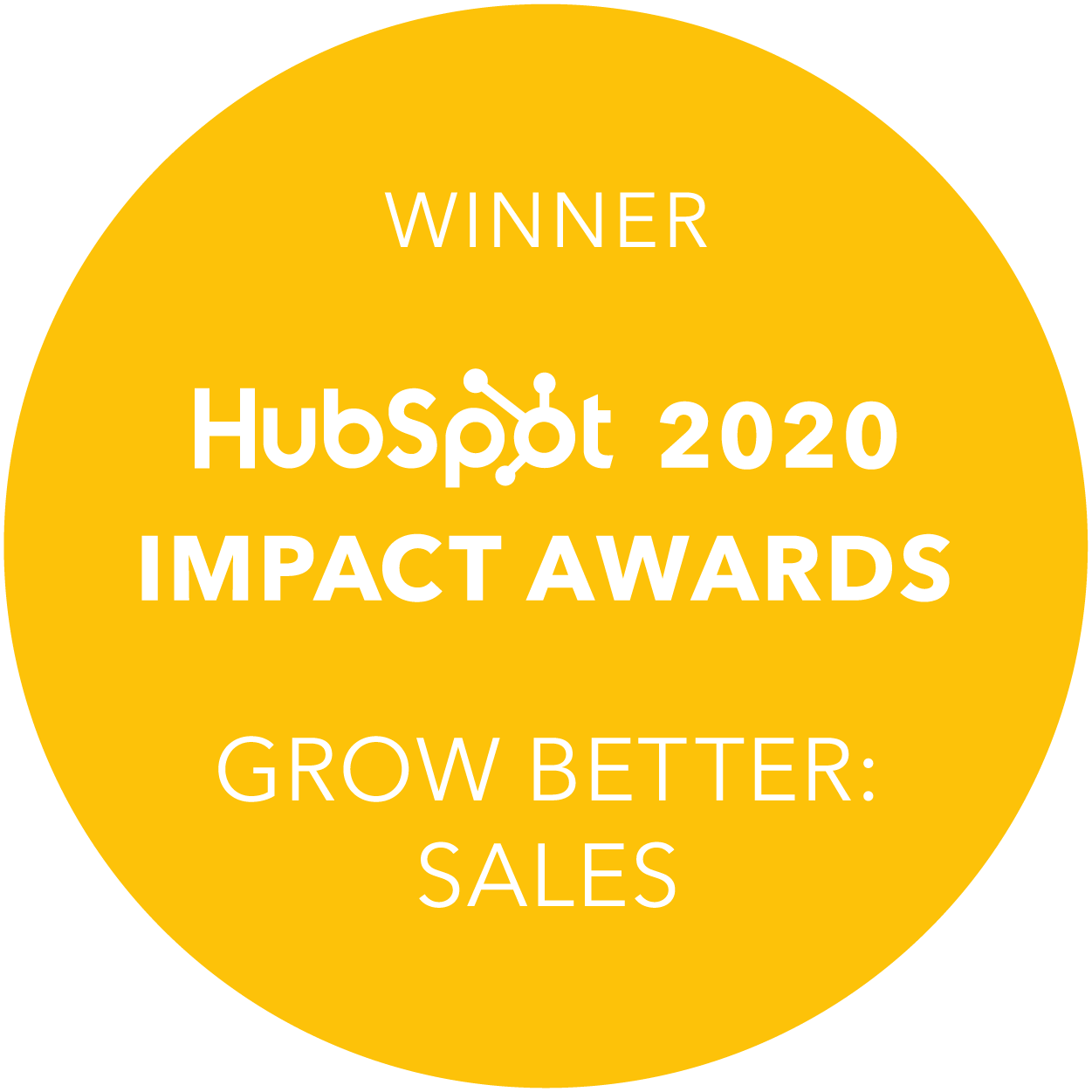David wakes up at 7am, walks to the kitchen and collects the post from the doormat on his way. Sieving through the mail, he separates any flyers and throws them in the bin without looking. Switching on his laptop, he quickly skips an advert to watch a video on YouTube. As he hits skip, his phone rings.
An automated voice says, “Hello, have you recently been injured in a car accident?” Without hesitation, David hangs up immediately. The time is now 7:02am. It’s been 2 minutes and David has avoided three forms of outbound marketing. Once upon a time, these forms of interruptive advertising were effective. Today, the role of buyer and seller have shifted, with the control firmly placed in the hands of the savvy buyer.
To get this control back, HubSpot’s CEO, Brian Halligan, coined the term “inbound marketing.” Since 2006, it has since gained traction by businesses around the world as the most effective strategy in attracting and retaining customers through offering value and building trust. However, ever-increasing consumer expectations and the rapidly changing technology landscape still continue to raise a wide swath of issues for marketers, sales and the relationship between these two departments. To reveal those challenges and priorities, HubSpot surveyed 6,339 professionals in 141 countries and published the results in its annual report entitled State of Inbound 2017, shedding light on how emerging technologies, shifts in trends and the way we consume information will shape the way we all do business.
Priorities
1 - Converting leads into customers
The goal of marketing and sales remains fairly consistent, generate more revenue. However, the rapid evolution of audience preferences and behaviours is changing the role of marketing and sales. Sales reps are seeing their role transform into helpful, insightful and trusted experts, whilst marketing is being held more accountable for supporting sales in the customer nurturing process. In fact, the top priority for marketers over the next 12 months involves converting contacts/leads into customers. This shift in responsibility is influenced by the motive to increase revenue from existing customers, which 45% of marketers said is their third biggest priority. Since proving the ROI of marketing activities also continues to be a priority (39%), we’ll likely see this trajectory continue in years ahead as marketing evolves from cost centre to revenue generator.
2 - A focus on new content formats
Content has always been king, but now it has Emperor status. With shifts in Google search algorithms, creating and distributing valuable, relevant and consistent content to attract and acquire a clearly defined audience has never been so important. It’s no surprise then that the top three inbound marketing priorities for 2017 are:
- Growing SEO/organic presence (61%)
- Blog content creation (53%)
- Content distribution/amplification (47%)
After all, content is core to inbound; helping to compound traffic, grow awareness, increase visibility and boost search presence. But whilst content and more content seems to be the prevailing theme, it’s video that is the big game changer within this category.
The meteoric rise in social media and video broadcasting channels has cultivated audiences’ desire for instant, honest and raw connections with companies that feel personal and stylized. In a culture of sharing, marketers are “standing on the shoulder of giants” to deliver their message on the prospects home turf. When asked about distribution channels in the next 12 months, YouTube and Facebook were the clear winners with Instagram following closely behind.
Sharing content where audiences live means that content will need to be more personalised and more stylised than ever before. The upshot of more opportunities for marketers to spread their message comes at the cost of further losing ownership of the experience, making it more challenging to prove ROI even while they know that a presence is necessary.
3 - Content planning: no longer a nice to have, but a must have
As social channels expand, prospects demand more from content. Immersive videos, stunning visuals and interactive engagements are all fun and games for audiences, but demand a lot from businesses. The prioritization and resources to manage such a wide array of channels and formats can feel overwhelming. This means content planning and scheduling is no longer a nice to have, but a must have.
Challenges
1 - Business Alignment
Questions such as, “What is the meaning of life?”, “Why is there something rather than nothing?” and “Do you feel that your marketing strategy is effective?” challenge us daily and rarely receive the straightforward answer they deserve. Just 61% of those surveyed declared their marketing strategy to be effective. However, when the numbers get broken down by seniority, the responses fluctuate. At 69%, the C-level is more positive, while at 55%, the individual contributor is more concerned about the effectiveness of marketing.
For true marketing effectiveness, an organisation needs to set a clear approach with defined goals and consistently communicate and report across all levels. Despite this discord, those enlisting inbound marketing strategies had a much more favourable view of their strategy overall (68% effective) compared with those who practise outbound marketing (32% effective).
2 - In With the Inbound, Out With the Outbound
As buying habits evolve, marketers are placing much more faith in the inbound process to attract, inform and convert leads than they do in the outbound process. In fact, 32% of marketers surveyed find paid advertising (print, outdoor, broadcast) to be the most overrated marketing tactic. This outdated and interruptive approach of renting the attention of audiences is being replaced with a more refined strategy that earns the attention of targeted audiences through relevant and helpful content that cultivates customer experiences and keeps them coming back.
3 - Proving ROI
As marketers take on more lead generation activities, they are having to prove the ROI of their activities. Marketers list this as their second biggest challenge. For those who could measure the ROI of their efforts, 46% saw inbound as the most effective strategy, whilst only 12% regarded outbound marketing as the route to higher ROI.
Our world is changing
Converting leads into customers is still the top priority and inbound remains the primary approach to marketing by most organisations. However, customer preferences and behaviours are changing and businesses are faced with new challenges and priorities as a result.
If a company is slow to capture a new mode of communication, it might as well stop the business.
Organisations need to make content easier to find and use by increasing its quality and relevance to target audiences. Content inside social channels is moving away from text and towards video and businesses need to embrace this shift to ensure they are actively reaching audiences where they want to be met. Sales and marketing are becoming better equipped with insights into understanding the modern buyer as technology continues to grow.
However, these two departments need to be better aligned in order to understand if their strategy is working. To do this, they need to find out their content and marketing ROI, which continues to be a common challenge amongst businesses. Based on what we’ve seen, a company’s strategy should be continuously updated to keep up with ever-changing ways of interacting with customers and the technology landscape.

.png?width=200&height=67&name=RevM%20Digital%20Marketing%20Agency%20Woking%20Surrey%20(1).png)







